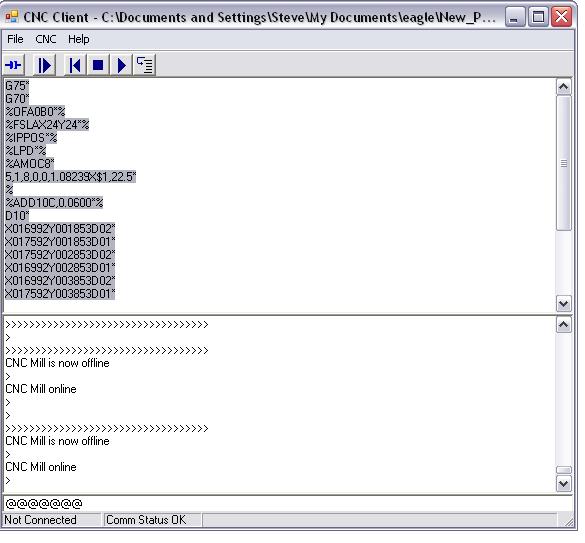
Parallax Propeller Serial Port
Some time ago I tried to make the serial port shield for my Parallax Human Interface board. The Human Interface Board uses many of the Propeller's I/O pins for VGA, sound, mouse, keyboard and SD card. However it still leaves pins P0-P7, and they are available on a header on top of the board along with 5V, 3.3V and Ground pins. Originally I used transistor based circuit from Propeller manual which was recommended by Parallax for programming the chip via RS-232, but unfortunately it didn't work for me. I spend hours debugging, building the equivalent on a bread board, making modifications and experimenting, but all to no avail. Here is the circuit that didn't work for me:
This is how my shield looked like originally, inserted here on top of the Human Interface board:
Instantly convert your Mac keyboard into a Thai language keyboard – without having to add a custom external keyboard, use keyboard stickers, or memorizing keys! This unique Thai keyboard cover is ultra-thin and form-fitting, creating a responsive tactile feel that does not affect typing ability or speed. Thai Keyboard – แป้นพิมพ์ไทย – Type Thai Online. Thai Keyboard enables you to type directly in Thai language, it’s an easy and consistent manner, no matter where you are or what computer you’re using, and without installing any software on your computer. This Thai Keyboard enables you to easily type Thai online without installing Thai keyboard.You can use your computer keyboard or mouse to type Thai letters with this online keyboard. Pressing Esc on the Thai keyboard layout will toggle the mouse input between virtual QWERTY keyboard and virtual Thai keyboard. The key will also turn on/off your keyboard input conversion. VirtualKeyboard is an on-screen keyboard that offers point-and-click typing using pointing devices such as a head pointer, mouse, graphic tablet, trackball, etc. This program is designed primarily for disabled persons, but it can be used also to teach children to write, to prepare kiosk environments, etc. 
After many hours lost trying to make it work, I gave up, tested a different much simpler circuit and de-soldered the components to make a new one:
This works just fine except occasional contact issues on the jumpers. I guess I need new jumpers because these are scavenged from some old board and seem to be loose and not making a good contact. I could have made permanent connections instead of reconfigurable jumpers, however I wanted to be able to re-configure hardware connections of Rx/Tx serial port pins to a different Propeller I/O pins if needed. I think this makes this simple shield much more practical.
Parallax Propeller investigation. The propeller chip boots up first checking for a connected PC on the serial port, then it checks an i2c EEPROM for a program to load. Now suppose we can make the Bifferboard serial console behave like the Propeller-programming component of the PC. The Parallax Serial Terminal provides a convenient way to exchange data between the Propeller and your PC. It’s most often used for displaying data from the Propeller – for example, the output of a sensor. You can use the Parallax Serial Terminal (PST) to verify that your program is working properly.
My development system just got a little bit better. The end of internet explorer 5 for mac os x.
After all that hard work, I fired up my MKHBC-8-R2 computer to have some fun playing BASIC game on my new shiny Propeller based terminal:
See you later, I have a kingdom to run :-)